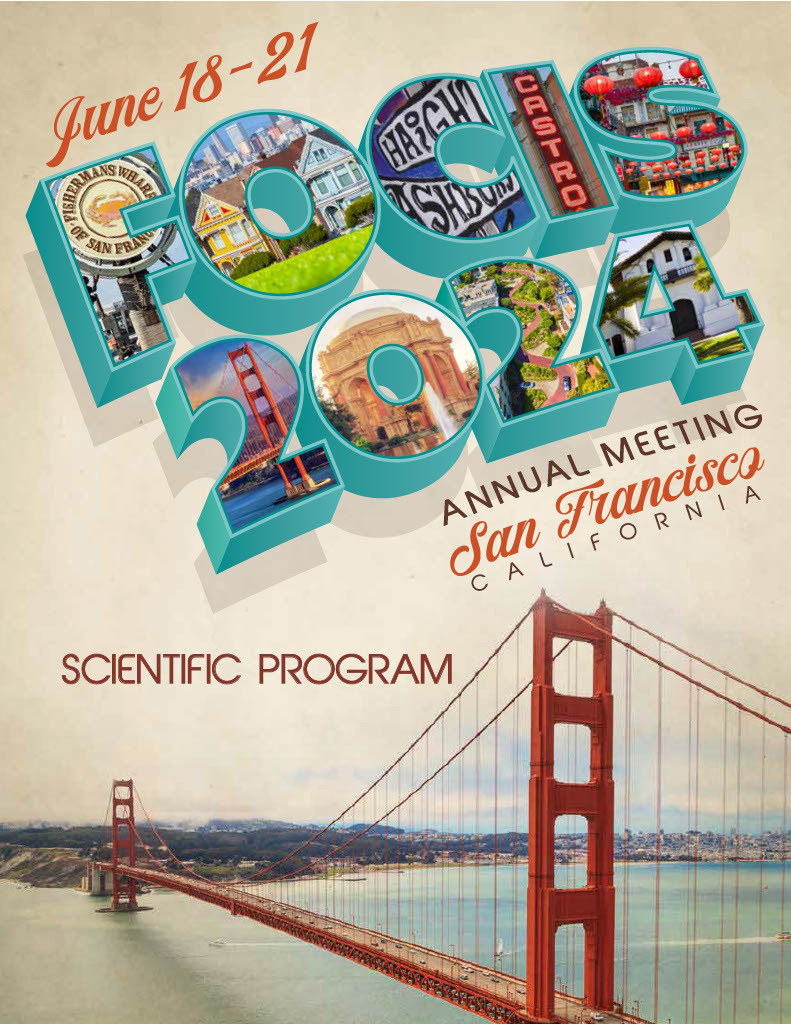Tu134 - Comprehensive Open-source Workflow for Multiplex Imaging Datasets Improves Resolution of Single Cells and Lymphatic Tissue Architecture
Tuesday, June 18, 2024
6:00 PM - 7:30 PM PT
Maigan Brusko – Research Assistant Scientist, College of Medicine - Dept of Pathology, Immunology, and Laboratory Medicine, University of Florida Diabetes Institute
- JS
Justin A. Smith, n/a
Biological Scientist III
University of Florida, College of Medicine-Pathology, Immunology, and Laboratory Medicine, Diabetes Institute
Gainesville, Florida, United States
Abstract Text: Automated high-parameter multiplex immunofluorescence approaches are marketed as all-in-one solutions, yet do not account for technical and biological variability in target marker expression impacting data quality. To address this, we created a workflow consisting of customized open-source packages, original code, and ImageJ macros employable without significant computing resources or coding knowledge. A novel deconvolution method greatly improved single cell and structural detail. Autofluorescence mitigation allowed for isolation and recovery of low-intensity markers. With GPU acceleration and parallel processing, we achieved ~800% improvement in processing times (4-6 hrs on a standard PC for a 13-cycle 350GB 3D dataset). We applied the workflow to human spleen (n=5) and lymph node (n=7) sample images acquired with the CODEX system. Our workflow allowed for significant adjustments needed to isolate and clarify those markers (CD11c, CD5, CD1c, CD68, CD163) lost during automated processing, improving resolution of cell subtypes and stromal architecture. Segmented cells were analyzed according to marker expression, spatial coordinates, and signed distance from the nearest segmented vessel. Leiden clustering and expert cell annotation indicated distinct expression patterns typical of follicular, stromal, and endothelial cellular subtypes. Neighborhood analysis found significant interactions indicative of niche lymphatic functions (Spleen: Tregs with Tregs, Proliferating cells, CD8+ T cells; Lymph Node: Tregs with Macrophages; p< 0.05). The workflow is thus a viable tool to address challenging features of multiplex image datasets, and for improving resolution over existing methods to enhance quantitative spatial analysis.

